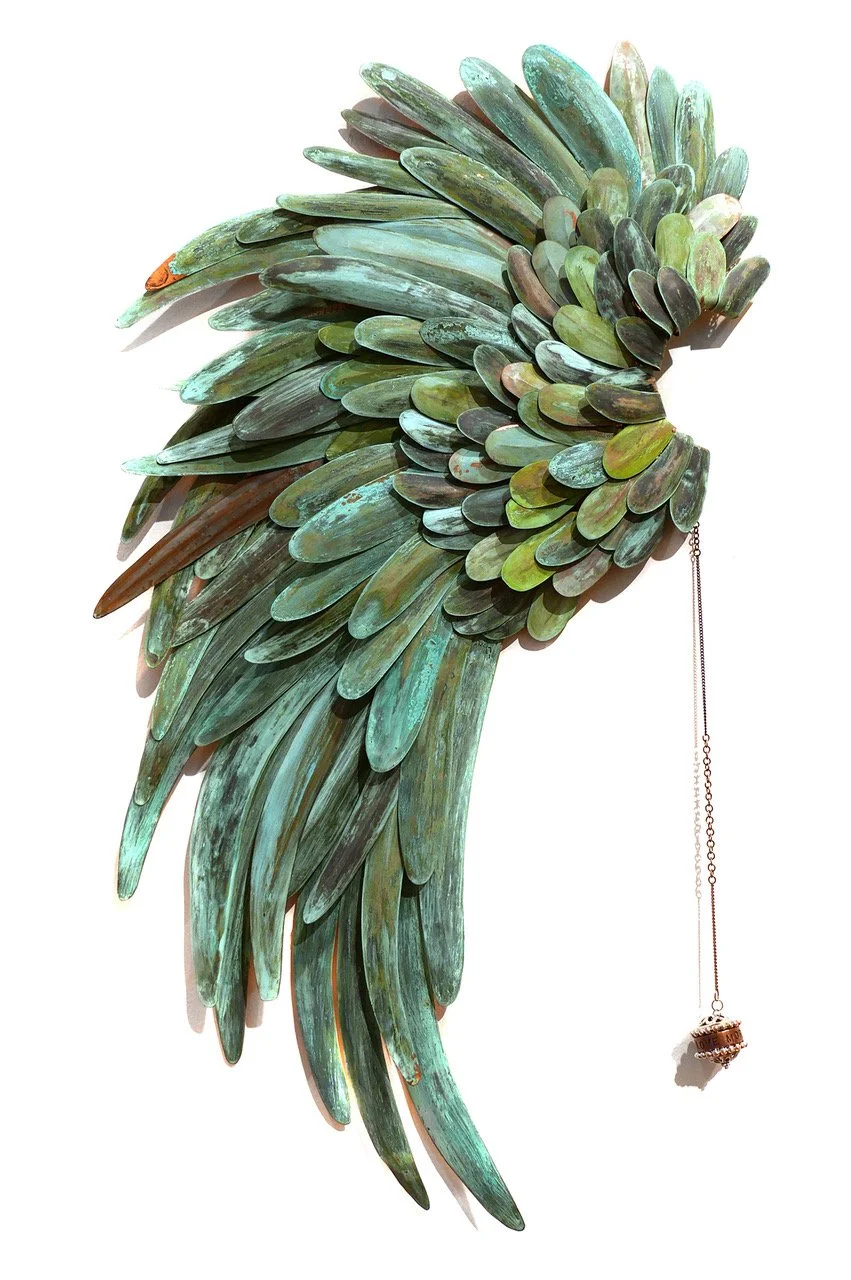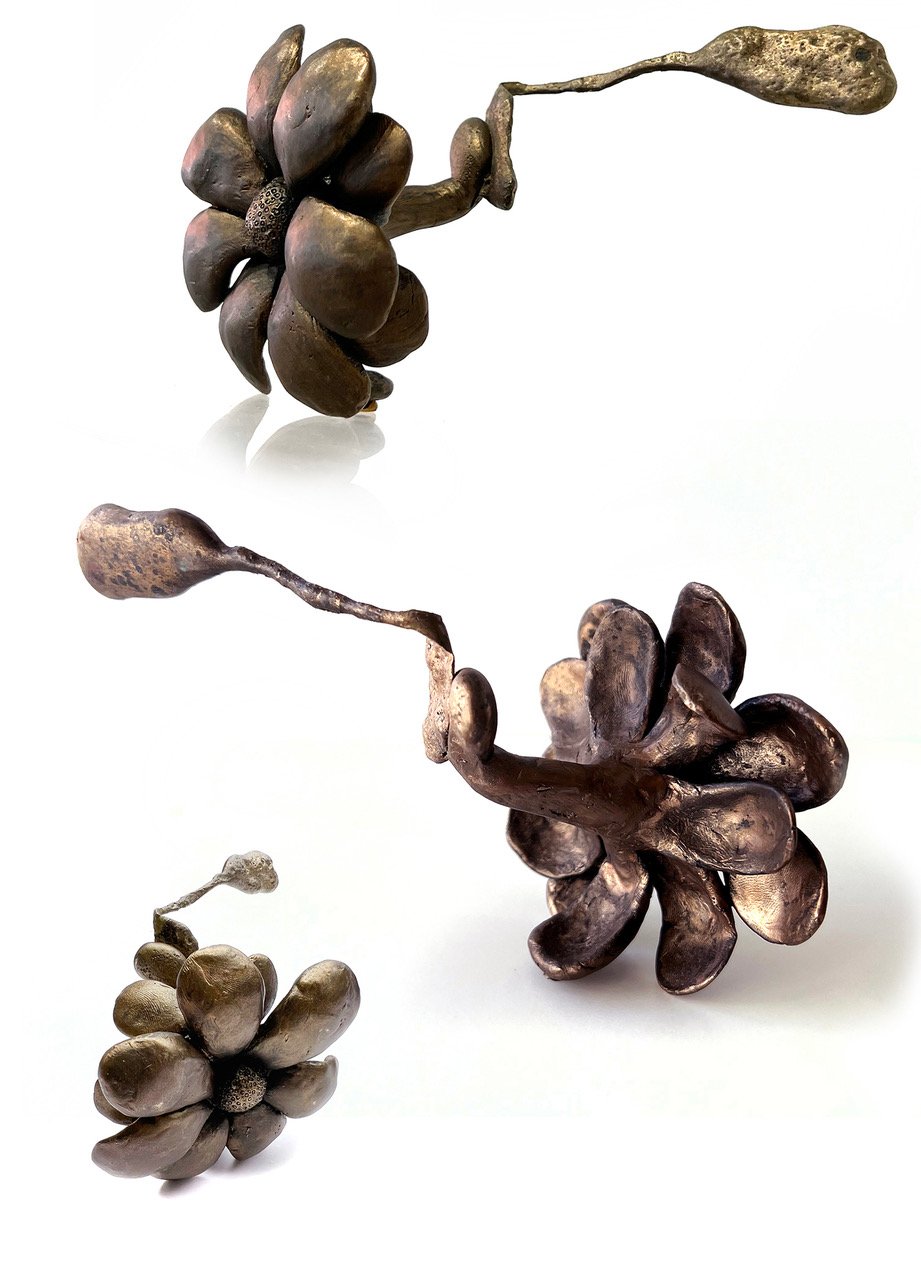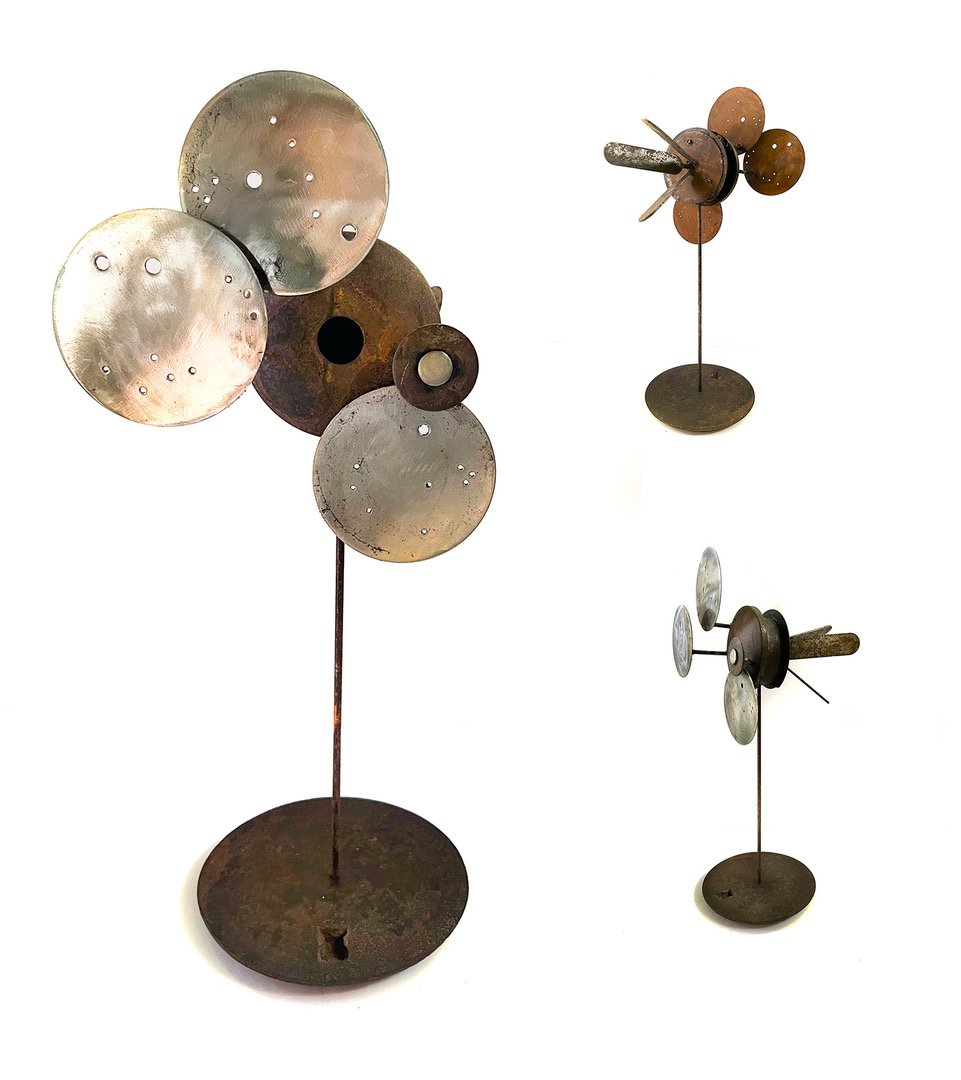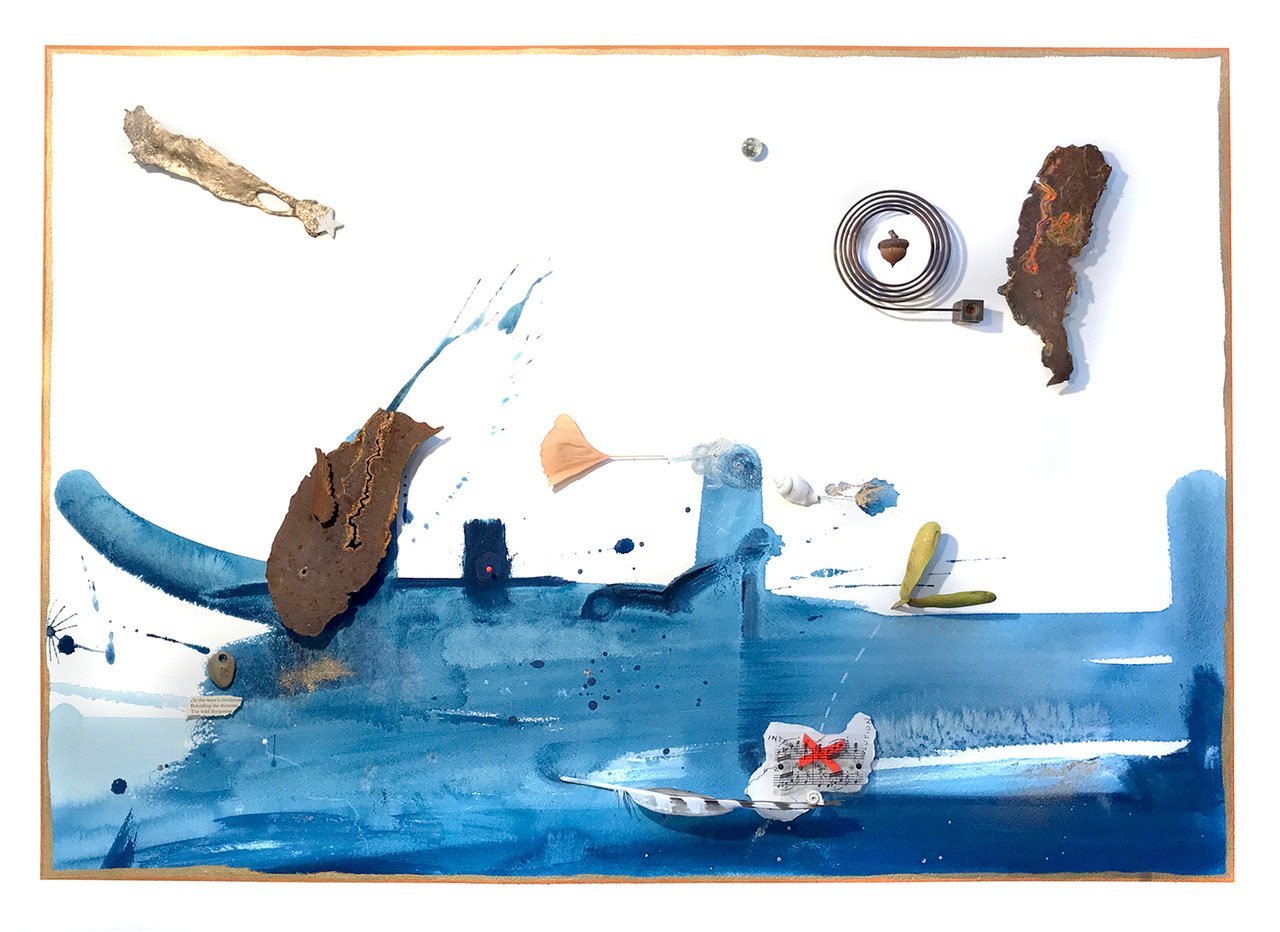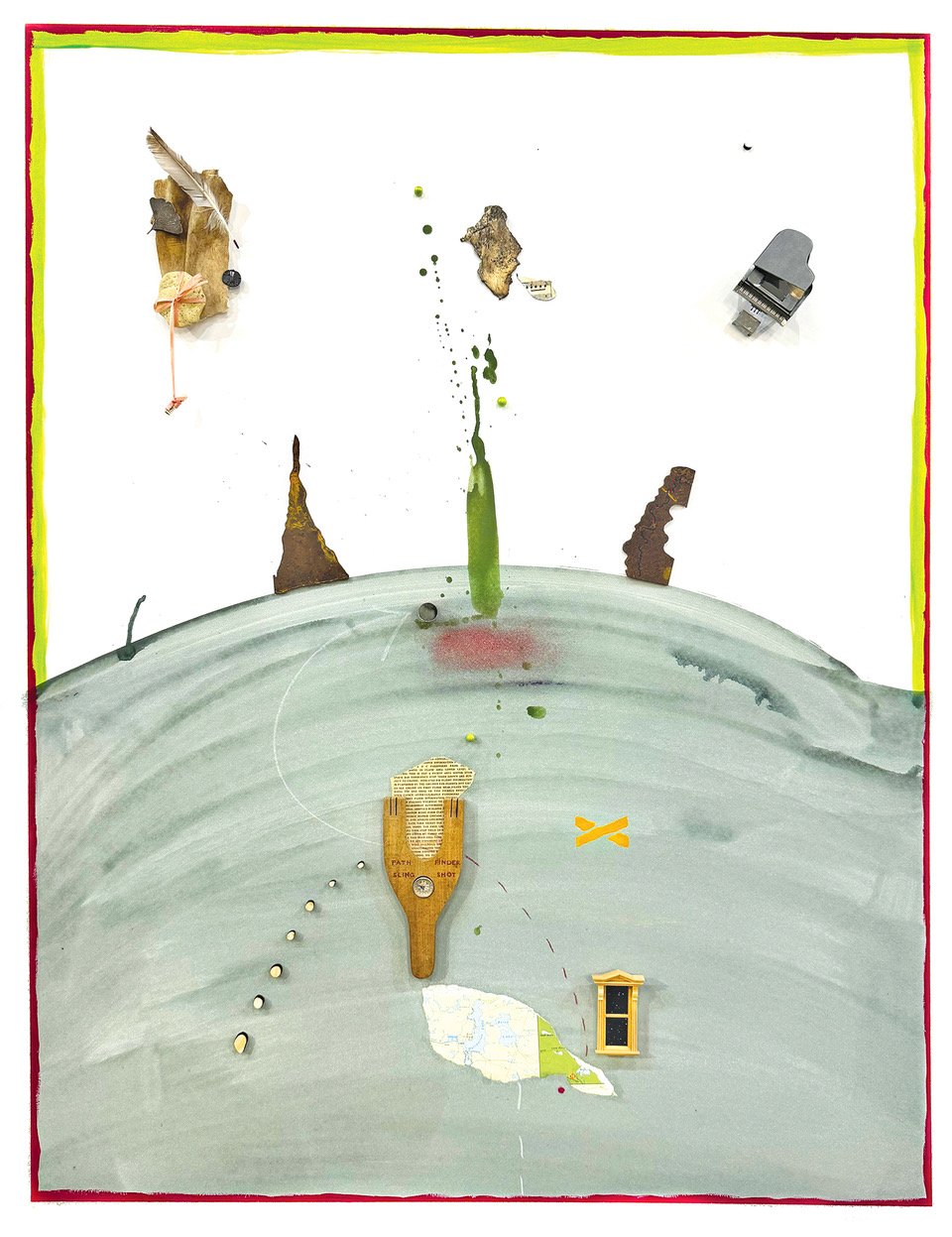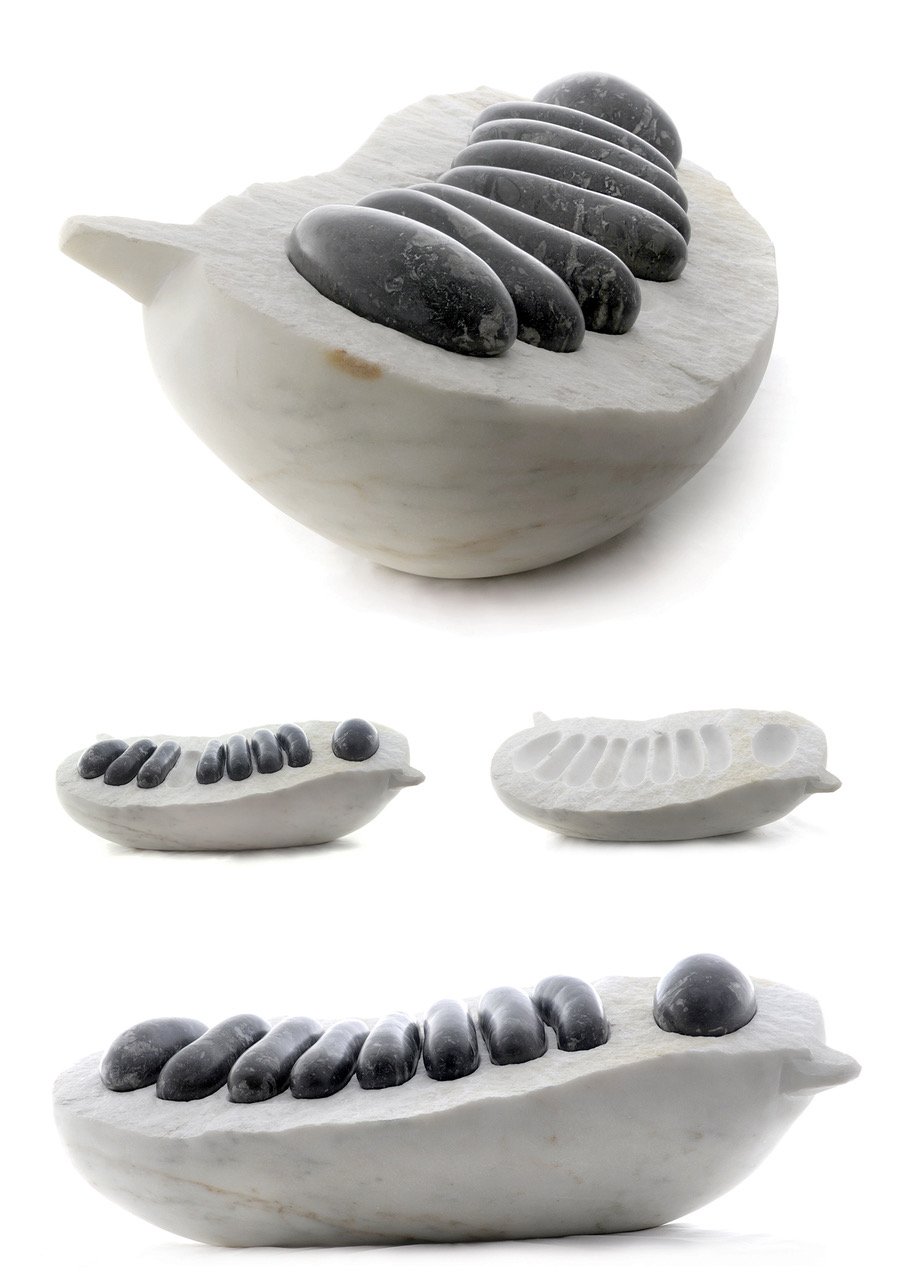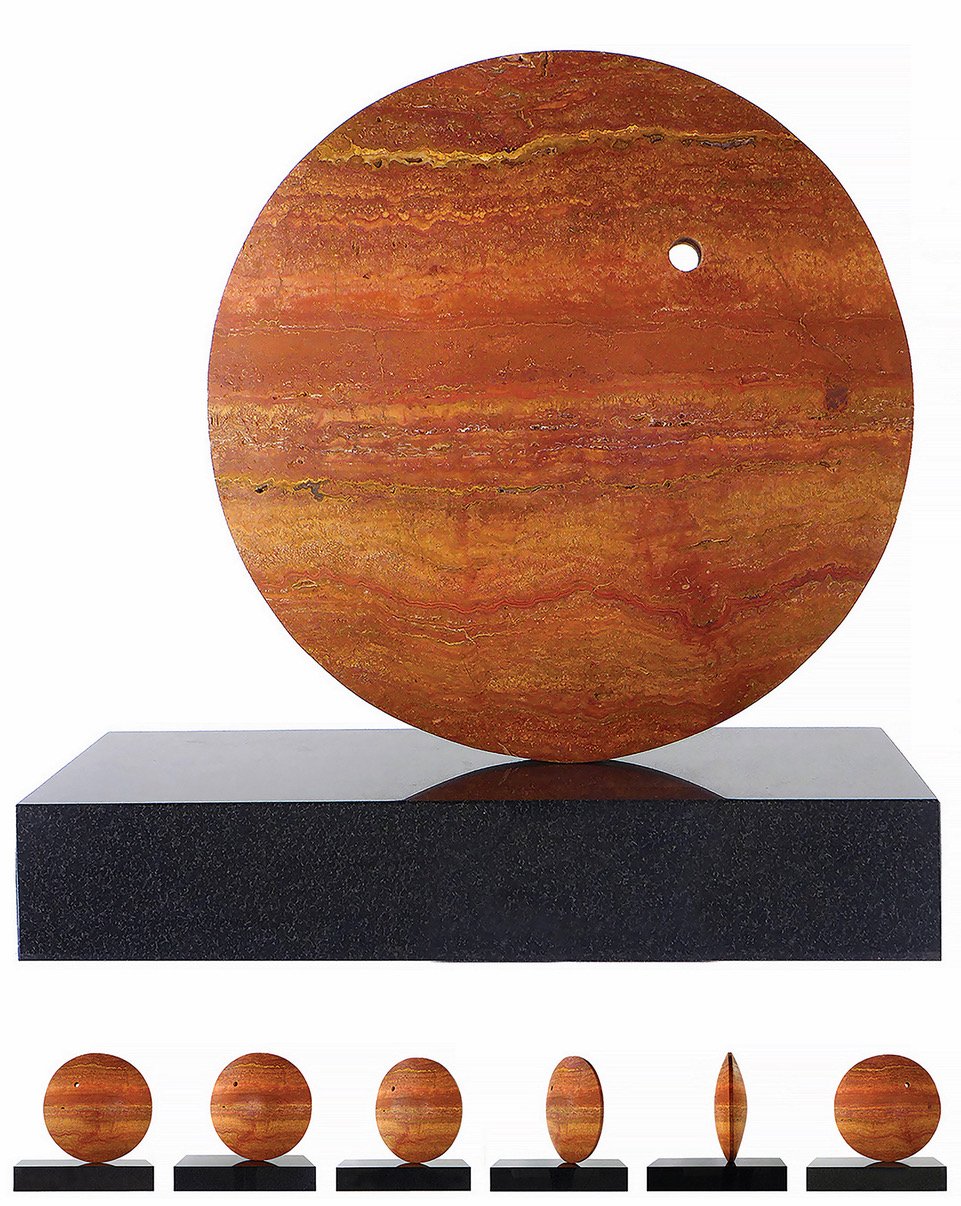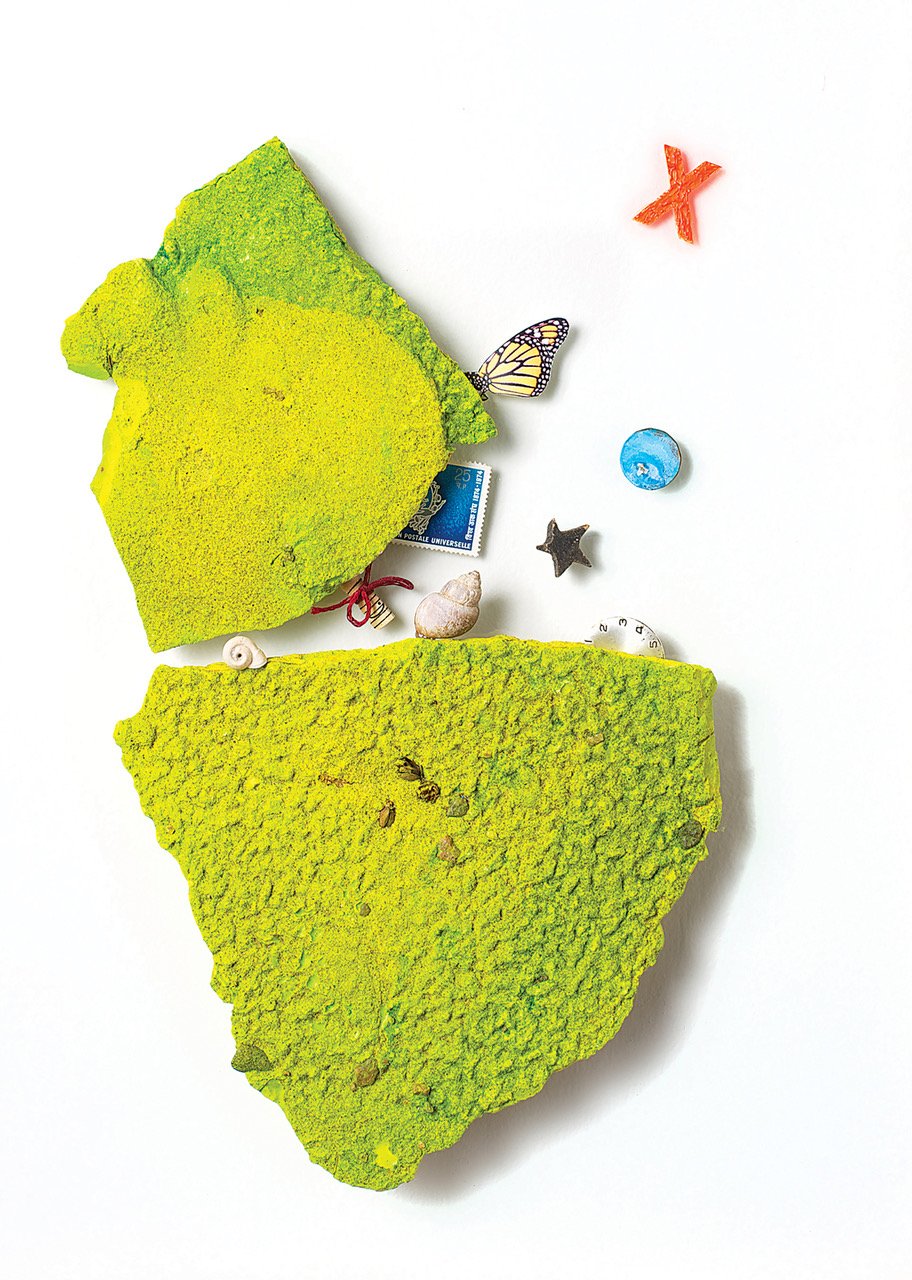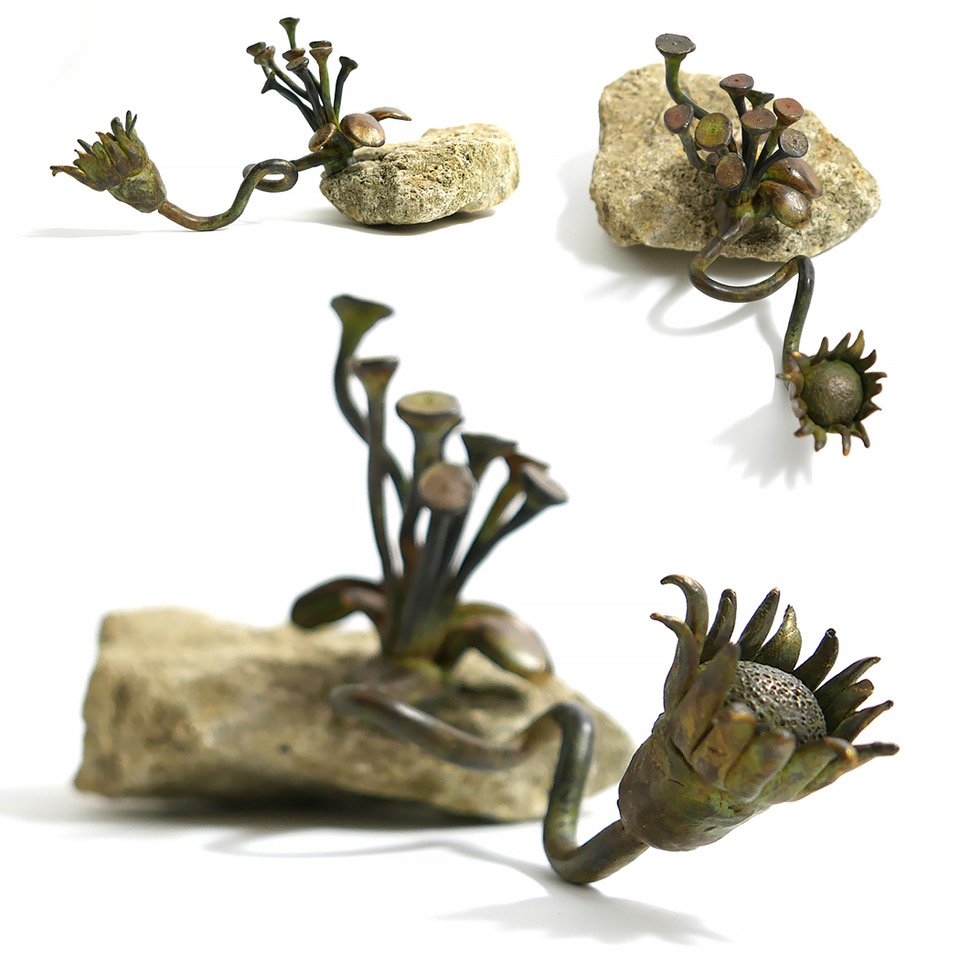Interview with Dina Torrans
“I have had the pleasure of working with nature, bronze, clay, gypsum, metal, marble, minerals, cement, wood, found objects, colour and sound.
I have found that in exploring the creative process, my artwork reflects various ideas and developments in my personal mythology. This process continues to inspire me to action and to dialoguing about our evolving world and times. It is one of my most valuable teachers."
Dina Torrans has been working as a multimedia artist for over 25 years. Her award-winning artwork has been exhibited in numerous solo and group exhibitions internationally and is included in many private and public collections. After graduating with awards from The Art Centre at Central Technical School in Toronto, she worked as an instructor in both the Sculpture and Printmaking Departments for over 10 years. She has been a Visiting Artist and Speaker at, among others, the McMichael Gallery, York University - School of the Arts and The Toronto Board of Education.
Instagram: https://www.instagram.com/dinatorrans
For a more detailed biography, awards, work experience and a larger collection of her artwork visit her website: http://www.dinatorrans.art
Throughout your 25-year journey as a sculptor and multi-media artist, how has your artistic style and approach evolved?
I have always been interested in learning about and experimenting with new and varied materials in my art practice. Sometimes this is because I have access to a new set of tools or studios in which to work or because I have been presented with limitations on the materials I have access to, etc. These parameters inspire new ideas and therefore new work. I found my artistic style early in my career and I can see how it has evolved and developed over time and with the introduction of new materials. I can also see a recognizable thread of my style that is present throughout my portfolio of works spanning the 25 years (so far) of practice. Of course, designs can get more intricate the more familiar one becomes with a material or a skill set, so I find the deeper I go with any one of my series of works the more development happens. I am always trying to challenge myself to progress with a material or with a concept and I can see this evolution when I look at the work created over the span of my career.
Can you describe your creative process? How do you approach a new piece, whether it's a sculpture, painting, or photograph?
My creative process is fluid depending upon the materials I am using or my inspiration at the time of making new works. Sometimes I get an image or idea for a piece in a dream or in a moment of thinking and I will draw some sketches to begin developing the idea. This may sit on my studio wall for a period of time until I find the right material or method to execute it to the best of my abilities. Other times I may find an object that inspires an idea that needs to be developed utilizing the found object along with other materials. In my “Adventures on earth” paintings, I employ a back and forth conversation with myself. I may lay down some paint as a background, put it away for a while and then come back to it and add sculptural elements to the composition in a kind of bricolage, playful way. As I experiment with ideas and objects, a narrative will begin to form which I can build upon. I love working in all of these ways.
Where do you draw inspiration from for your artworks? Are there any particular themes or subjects that you find yourself repeatedly drawn to?
My subject matter and themes tend to be inspired by Nature, our human belief systems, personal and planetary evolution and our ultimate interconnectedness.
How do you balance your role as Creative Director at ArtDesign.to with your personal artistic pursuits? Does your work in design influence your art, or vice versa?
Design and Fine Art go hand in hand. A great piece of artwork will have all the design elements working as well as capturing a poetic expression that allows me to communicate current ideas that I am working with or working through in my life. My design career has certainly supported my passion for creating sculptures and paintings and has added to my tool kit for presenting my artwork. Works from my fine art portfolio have been used many times as source material for my designs throughout my time working as a Creative Director. I was fortunate to have had many clients who appreciated my fine art catalogue and wanted it to become part of the design work that I created for them. All good visual expressions have certain things in common like clarity, balance, complimentary colours, potent expressions, interesting composition, etc. So both practices have informed the other throughout my life.
Having been an instructor and technician, how do you perceive the role of teaching in your artistic career? What impact do you hope to have on your students?
Teaching art was a great way for me to be challenged to have to clearly understand and communicate concepts and ideas about how and why a piece works or does not work. I was teaching Sculpture and Printmaking for 10 years after graduating from Art School and it served as a great way for me to become conscious of all that I had learned throughout my years of study. As well, it taught me how to communicate those things in words so that someone else would understand. It felt to me like it was the equivalent of getting my Masters or PHD in the subject. Reviewing hundreds of other peoples works and trying to assist them in problem solving and in developing their own ideas and skills further was a great challenge and a great exercise in doing a deep study of how and why a piece may be successful or not. The teaching practice deepened my understanding of these things as well as helped me to develop a vocabulary to communicate about ideas and techniques in a clear, concise manner.
Of course, I hope that I am able to assist any student to find answers to their challenges, relay some passionate communication that can be shared, give them insight into materials and how to use them or find them and ultimately, to learn together because I will forever be a student of the craft as well.
You've received several prestigious international awards, including the Leonardo Da Vinci and Michelangelo prizes in 2023. What do these recognitions mean to you personally and professionally?
It is an honour to be recognized by curators, gallerists, and my peers and colleagues for my work. The thrill of receiving news like that is lovely of course, and it is encouraging to know that my artwork is hitting a chord not just for myself but for others as well. As a result of receiving these awards I have been offered new opportunities to create works in places and for people who I may not have otherwise connected with.
What have been some of the most significant challenges you've faced in your artistic career, and how have you overcome them?
A few of the sculptural ideas that I wanted to realize, specifically in stone, required some intense thinking, problem solving and massive amounts of time spent persevering and mastering a skill set. The amount of time needed to complete something that appears to be a relatively simple form can be deceiving. Hours and hours of time is required to achieve certain forms and can be taxing physically. I am still learning with every new piece, which keeps things interesting, but also requires me to be conscious of how I am using my body so as to avoid overworking and injuring myself. Sometimes I am more successful than other times in the pursuit of this balance. When I am working on a piece, I can forget time and sometimes go overboard without breaks for extended periods of time. This is a common scenario for many creatives I know. I am however, always very grateful for the joy of getting lost in the flow of creativity regardless.
Are there any specific projects or directions you are currently exploring or plan to explore in the near future?
I am beginning to weld larger sculptures in steel as well as continuing to build my collection of stone works. I am in the process of building a studio in the Mojave Desert where these more monumental works can be produced. It will be interesting to see how the desert environment informs my work going forward.
What advice would you give to aspiring artists who wish to follow a path similar to yours?
Do what you love, follow your obsessions and keep learning through experimentation and from others who have had the years of experience that guides their processes. There is more than one way to do nearly everything, so trust your own intuition as well and make mistakes that will give you insights and keep you evolving as a human and as an artist. Enjoy the ride!

